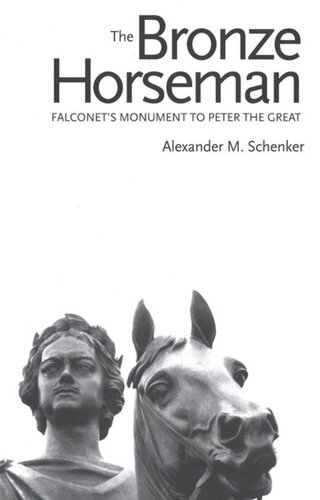

Most ebook files are in PDF format, so you can easily read them using various software such as Foxit Reader or directly on the Google Chrome browser.
Some ebook files are released by publishers in other formats such as .awz, .mobi, .epub, .fb2, etc. You may need to install specific software to read these formats on mobile/PC, such as Calibre.
Please read the tutorial at this link: https://ebookbell.com/faq
We offer FREE conversion to the popular formats you request; however, this may take some time. Therefore, right after payment, please email us, and we will try to provide the service as quickly as possible.
For some exceptional file formats or broken links (if any), please refrain from opening any disputes. Instead, email us first, and we will try to assist within a maximum of 6 hours.
EbookBell Team

5.0
20 reviewsThis book is the first comprehensive treatment in any language of the most consequential work of art ever to be executed in Russiathe equestrian monument to Peter the Great, or The Bronze Horseman, as it has come to be known since it appeared in Alexander Pushkin’s poem bearing that title.
The author deals with the cultural setting that prepared the ground for the monument and provides life stories of those who were involved in its creation: the sculptors Etienne-Maurice Falconet and Marie-Anne Collot, the engineer Marin Carburi, the diplomat Dmitry Golitsyn, and Catherine’s commissar” for culture, Ivan Betskoi. He also touches upon the extraordinary resonance of the monument in Russian culture, which, since the unveiling in 1782, has become the icon of St. Petersburg and has alimented the so-called St. Petersburg theme” in Russian letters, familiar from the works of such writers as Pushkin, Dostoevsky, Gogol, and Bely.